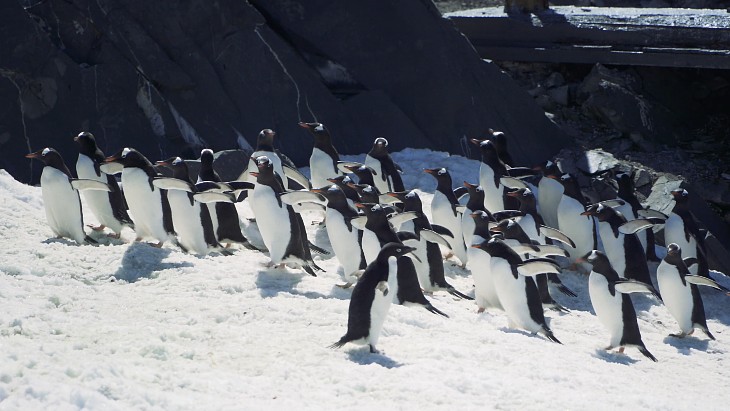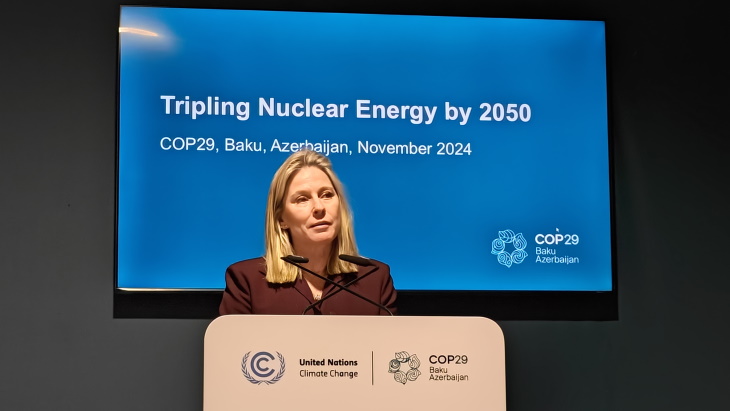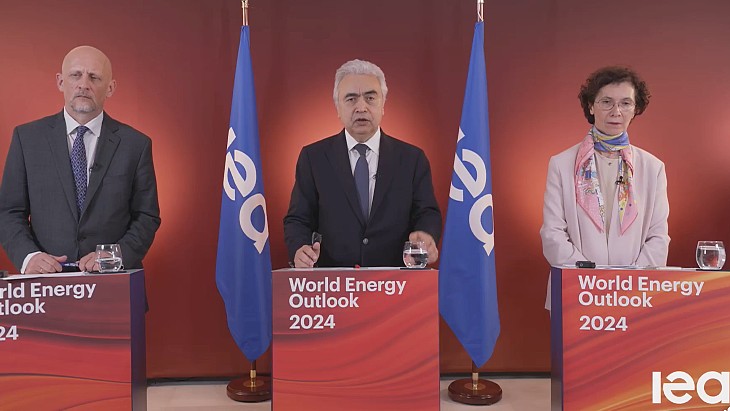Leningrad II unit 1 cuts cooling water usage by 15%
.jpg)
The existing Leningrad plant site in Sosnovy Bor has four RBMK-1000 units, while Leningrad II will have four VVER-1200 units. Leningrad unit 1 was shut down for decommissioning in December 2018 after 45 years of operation. It was the lead unit in the RBMK-1000 series. Leningrad II unit 1 was connected to the grid in March that year, becoming the second VVER-1200 reactor to start up, following the launch in 2016 of Novovoronezh unit 6. Leningrad II unit 2 is at the pre-commissioning stage.
The director of the Leningrad plant, Vladimir Pereguda, said: "The design features of the new power units significantly reduces the amount of water consumed by a nuclear power plant from natural reservoirs." When Leningrad II unit 1 came into operation to replace the RBMK unit, the amount of seawater withdrawn decreased by 730.7 million cubic metres compared to 2018, he said, which is five times more than the amount of water residents in the entire Leningrad region use per year, and is a decrease of 14.8% for the Leningrad plant. "We will continue to see such indications of a reduction in the environmental impact, since Leningrad NPP is gradually replacing RBMK-1000 units with VVER-1200 units," he said.
"The seawater is used to cool the thermo-mechanical equipment of the nuclear power plant, not the reactor, meaning the process is entirely safe in radiation terms," Rosatom said. "From the Koporskiy Bay, the water is sent to turbine condensers to cool the steam," it added.
In the case of an RBMK unit, this water returns directly to the reservoir, but with a VVER unit, after performing its cooling function, water is supplied from above to the evaporative cooling towers, falls inside the cooling towers and down into a special bowl, from where it is again sent to the condensers. Thanks to the circulation in the cooling towers, the need for additional flow decreases, Rosatom said.
Alexandra Tkacheva, head of the environmental department of Leningrad NPP, said the quality of the collected and discharged waters into the Gulf of Finland, and other bodies of water, are "strictly controlled around the clock". In addition to monitoring “chemical and microbiological indicators”, the temperature of the plant’s cooling pond - the Gulf of Finland - is also monitored. The temperature of the water discharged by the plant last year did not exceed the required standard, Rosatom said. On some days, a slight increase in water temperature was observed due to strong surge winds, which did not allow warm wastewater to mix with the waters of the bay, it said.

_99697.jpg)








_88592.jpg)

